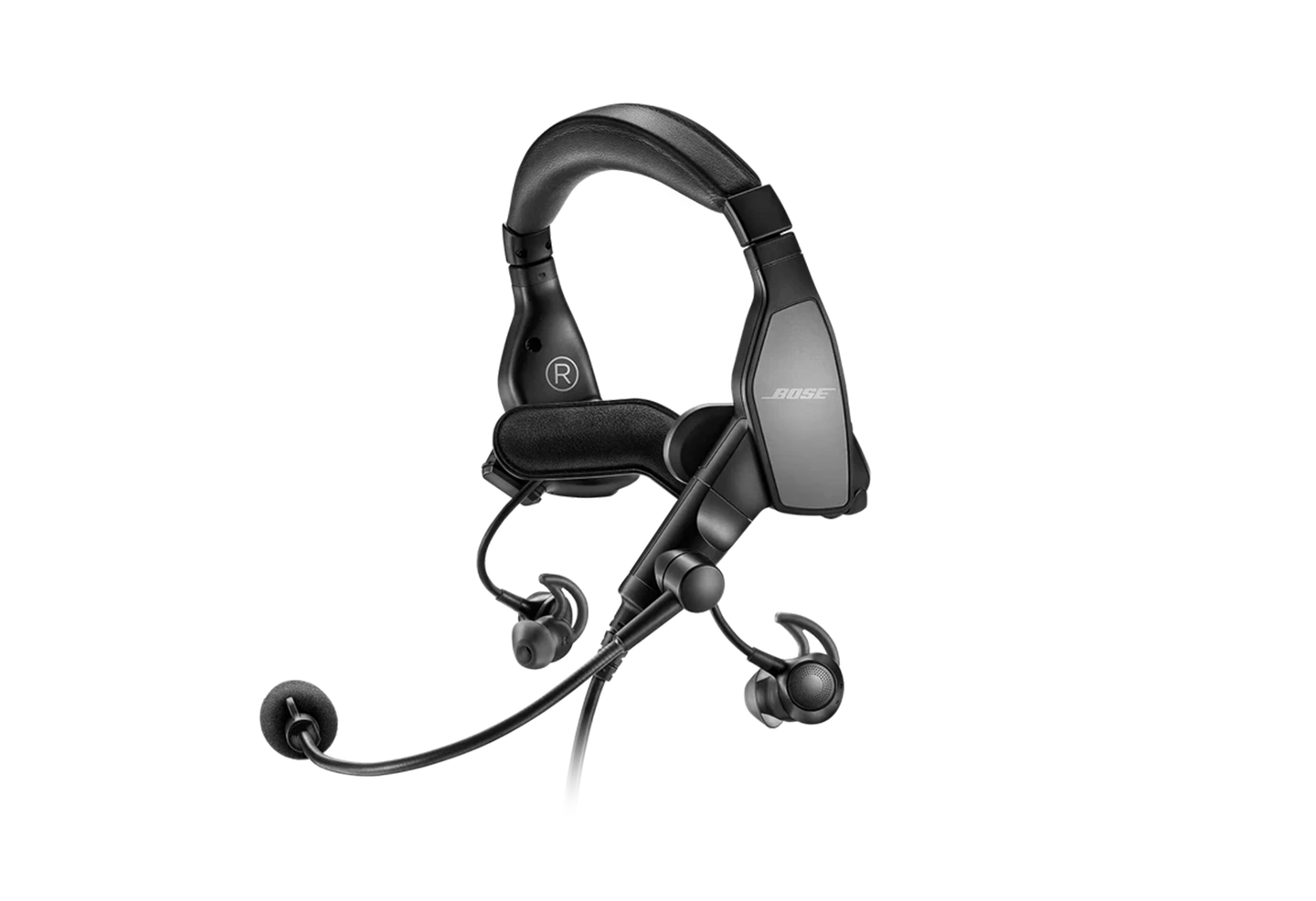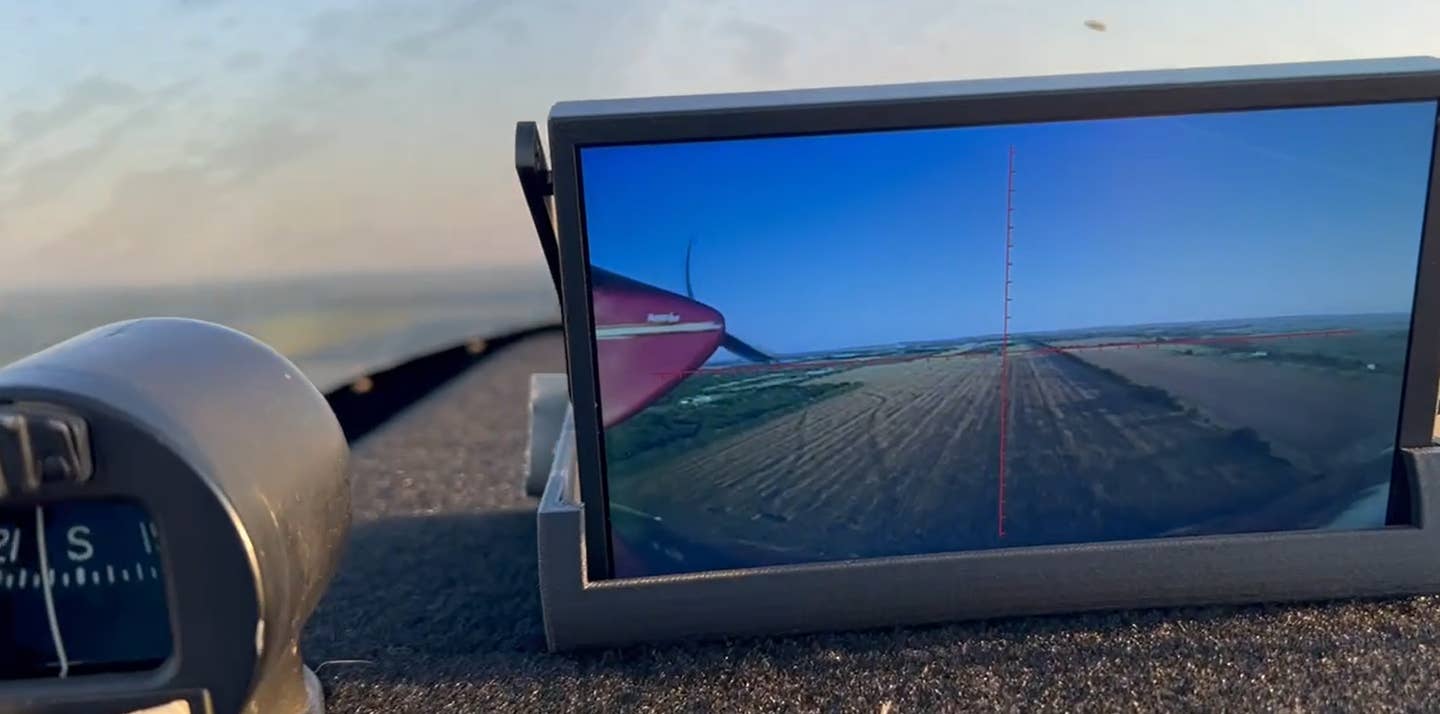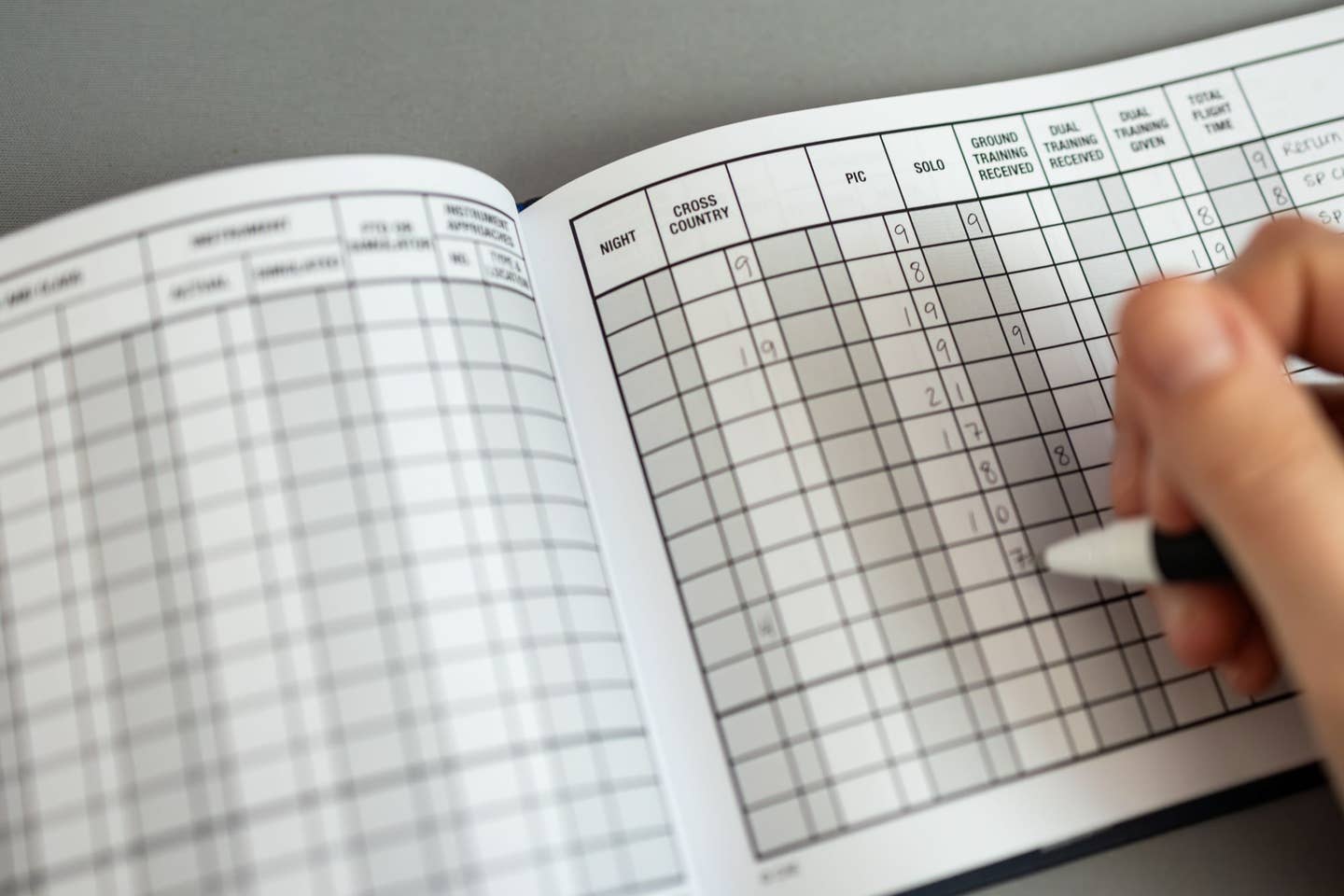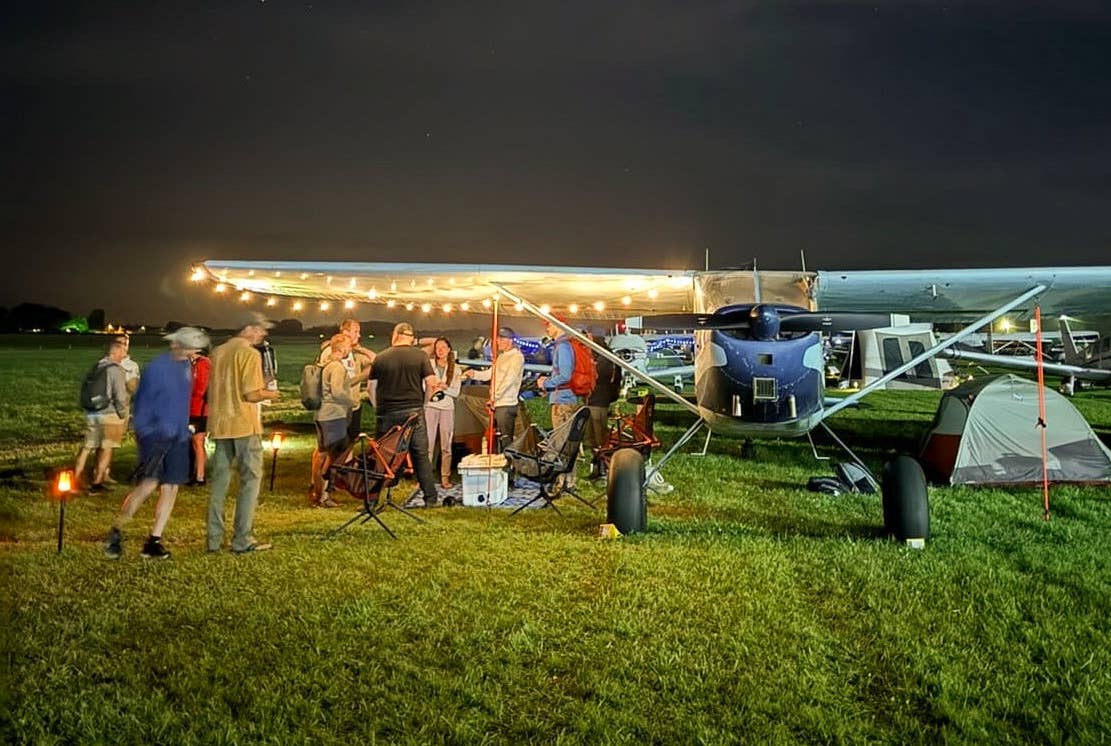
The new 767/757 flat-panel facelift
with the primary flight display (PFD)
on the left and the navigation display
(ND) on the right.
Our crew began to assemble in the lobby of the Barcelona hotel. Outside on the street, pilots and flight attendants from the arriving flight collected their bags from behind the jitney bus that had driven them from the airport. They shuffled into the hotel. One of the arriving flight attendants murmured something about the electronic cockpit door having started a fire en route from JFK. Wonderful …
I was conducting an IOE (initial operating experience) trip with a captain who was re-qualifying on the 767/757 after a six-year tour on the Airbus A300. We raised our eyebrows at the interesting news. After consultation with the inbound pilots, the "fire" had transformed itself into a simple burning smell. Apparently, the electronic door-latch system had issues. The crew disabled the system via the system switch.
No problem. We would resort to the old-fashioned method of cockpit security: a deadbolt.
In a matter-of-fact tone, the copilot added, "Oh … by the way, the airplane has winglets." And then came the kicker: "And it has a flat-panel display too."
I cringed for a brief moment. Although the flat-panel display had been incorporated into some of our simulators, I had never been given the opportunity to experience its operation in recurrent training. At present, very few airplanes in the fleet have been converted. Regardless, my day of reckoning had arrived.
I thought about my not-quite-proficient captain. I thought about his unfamiliarity with European operations and North Atlantic crossing procedures. I thought about the flat panel. What could possibly go wrong?
Why the flat-panel displays on old Boeings anyway? In the interest of preserving two relatively efficient and durable airplanes until the year 2025, my airline had invested approximately 263 million bucks toward a total instrument panel makeover in the form of an MFD (multi-function display).
There is more than meets the eye to the new MFD. The display itself can be upgraded. Eventually, when the angst from the pilot adjustment period wears off, the delta-bar flight director will disappear. The flight director will be replaced by the more accurate dual-cue linear display. In addition, updating the database will no longer require 25 minutes of using the ancient technology of a floppy disc. Instead, an Ethernet connection will be used. When our IT folks develop a server, updates will be possible wherever the airplane is located.
At some point in time, an EFB (electronic flight bag) that includes an approach plate display will become part of the package. And to compete with the average Cessna 172 that rolls out of the factory in Wichita, Kansas, Nexrad weather radar will be available, allowing us the ability to plan for deviations more than 1,000 miles ahead of the airplane. Very cool, especially for oceanic crossings.
The new panel conversion also includes the ability to utilize ADS-B service, a requirement for the year 2012. In essence, virtual radar will be available across the ocean.
As an added bonus, both airplanes will be wearing sexy, new winglets. The winglets have increased fuel efficiency and overall performance. As of this writing, the 757 fleet has been completely retrofitted with winglets. Only a handful of 767s are sporting the new airfoil.
In any case, I was looking forward to experiencing the new technology and at the same time hoping that the challenge wouldn't be overwhelming for both me and my IOE captain. I summoned extra courage as I trotted down the jet bridge ramp.
I maintained my game face while I plopped down into the right seat. I stared at the glossy computer screens and pleaded with my brain. "Please don't let me forget how to use this new stuff."
Rarely do my flights ever begin in a calm, sterile environment, but I hoped that this particular trip would have a limited amount of distractions. I was an idiot. The distractions began immediately.
First, we were informed by a flight attendant that one of our frequent passengers had a pallor to his skin that looked as though he was one step away from being pronounced. He was overweight and diabetic. But the gentleman claimed that he was OK. He indicated that lack of sleep and overactivity was the cause. I suggested that we monitor his condition as the boarding process continued. I was well aware that a medical diversion over the North Atlantic is an adventure to be avoided.
Our mostly female flight attendants were a friendly group. The fact that our relief first officer was also female seemed to invite frequent banter in the cockpit. I did my best to be cordial, but it was sometimes difficult to balance the interruptions with the task at hand.
When scheduled departure time slipped by the captain in his effort to finish preflight preparations, the ground crew supplied more interruption. Through the intercom, inquiries regarding the reason for our tardiness seemed to be never-ending.
When we requested our push-back clearance, life got more interesting. Barcelona changed the departure runways from west to east. Ordinarily, a runway change is no big deal. But in Europe, a runway change is accompanied by a Chinese menu choice of SIDs (standard instrument departures). It becomes a matter of guessing which departure matches the appropriate direction of flight to a given fix. As I monitored the engine start and the captain's consternation, I began to flip pages in my Jeppesen manual in the hopes of making an early guess as to which SID might be on the menu. We would have to take another delay while I allowed the captain to begin another lesson on reprogramming the FMC (flight management computer).
In the interest of moving the lesson at a faster pace, I began to talk through the procedure. I pushed buttons. And then I pushed buttons again. But nothing on the green screen of my FMC was moving. Great. The computer had frozen. I asked the captain to try entries on his FMC, but I should have predicted the result. The left FMC was also frozen. Where are the control/alt/delete buttons when you need them?
Other than attempting to negotiate a return to the gate in order to request our contract maintenance while the airplane was already blocking the ramp area, we had only one choice: Reset the computer circuit breakers. It was a technical no-no, but I didn't see that the cycling of computer circuit breakers would cause a safety-of-flight issue, especially while we were still on the ground. The reset did the trick. Unfortunately, our ACARS communication did not seem to be downloading our route. Manual entry was required. Imagine that. …
Once we confirmed our route, I called for taxi. As hard as I tried to interpret the accent, the instructions were lost in translation. After a handful of "say again" requests, we managed to find the departure end of the runway with a minimum of scolding.
As we launched skyward, it became apparent that my IOE captain had not read the fine print regarding noise abatement departures in Barcelona. As is typical for many European airports, Barcelona requires takeoff power until 1,500 feet agl in order to allow the airplane the opportunity to climb as high as possible above noise-sensitive areas in a shorter period of time. At 1,500 feet, the thrust is reduced to climb power. And at 3,500 feet, the flaps are retracted for a normal climb profile. It took prompting on my part to make this occur.
For a moment, I was distracted by an unclear clearance from the departure controller. The captain took the opportunity to approach a flap-limit speed. The credit for preventing the overspeed belongs to our relief copilot. In a polite but assertive tone, she warned the captain of the impending situation. The captain was focused on following the guidance of the flight director. He was doing it with precision. As it was discovered later, I deserve responsibility for a good portion of his error.
Apparently, I had made the mistake of setting the top flap-retraction speed for the VREF entry rather than just VREF itself. The computer is programmed to place the remaining flap-retract speeds in the display based on the first number entered. Since I had given the computer the high number, it calculated the flap-retract speeds at ridiculously high values. The flight director reacted accordingly.
Once the problem was rectified by good old-fashioned pilot skills, we continued on our merry way — but not without additional distractions.
I have an agenda or, more accurately, a lesson plan to accomplish on the return trip home. The lesson involves a fair amount of discussion regarding emergency procedures and various other procedures regarding westbound North Atlantic operation. I have to pace my discussion with the flow of the flight. Unfortunately, ATC seemed to be requiring additional attention.
At first, our oceanic clearance was granted via our ACARS datalink. And then it was rescinded by a subsequent message that stated the clearance was canceled. After a few attempts on the infamous low fidelity of a high frequency, it was determined that there was never an issue. Our clearance remained as filed.
And then ATC made repeated requests for various altitudes. We attempted to comply with its uncharacteristic indecisiveness, but finally gave up with a simple "unable." That statement seemed to solve all of the problems. I was able to continue my lesson objective without further interruption.
The remainder of our flight was routine. The captain rallied with a superb performance into JFK. After our gate arrival, I debriefed him with some of my concerns. He accepted my critique with a professional attitude. I pronounced him North Atlantic-qualified and sent him on his way.
Once again, I learned something new. New panel. New problems. No problem.

Sign-up for newsletters & special offers!
Get the latest FLYING stories & special offers delivered directly to your inbox






